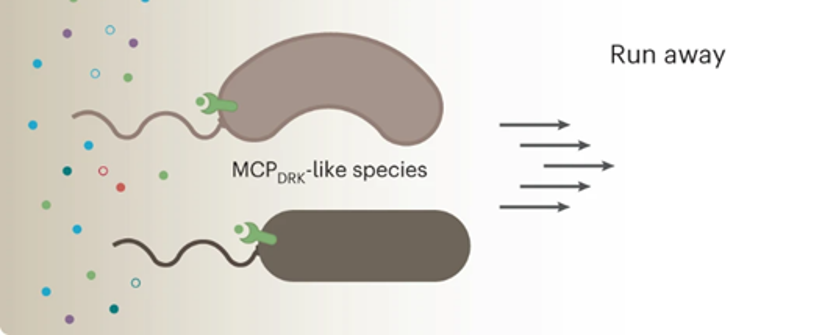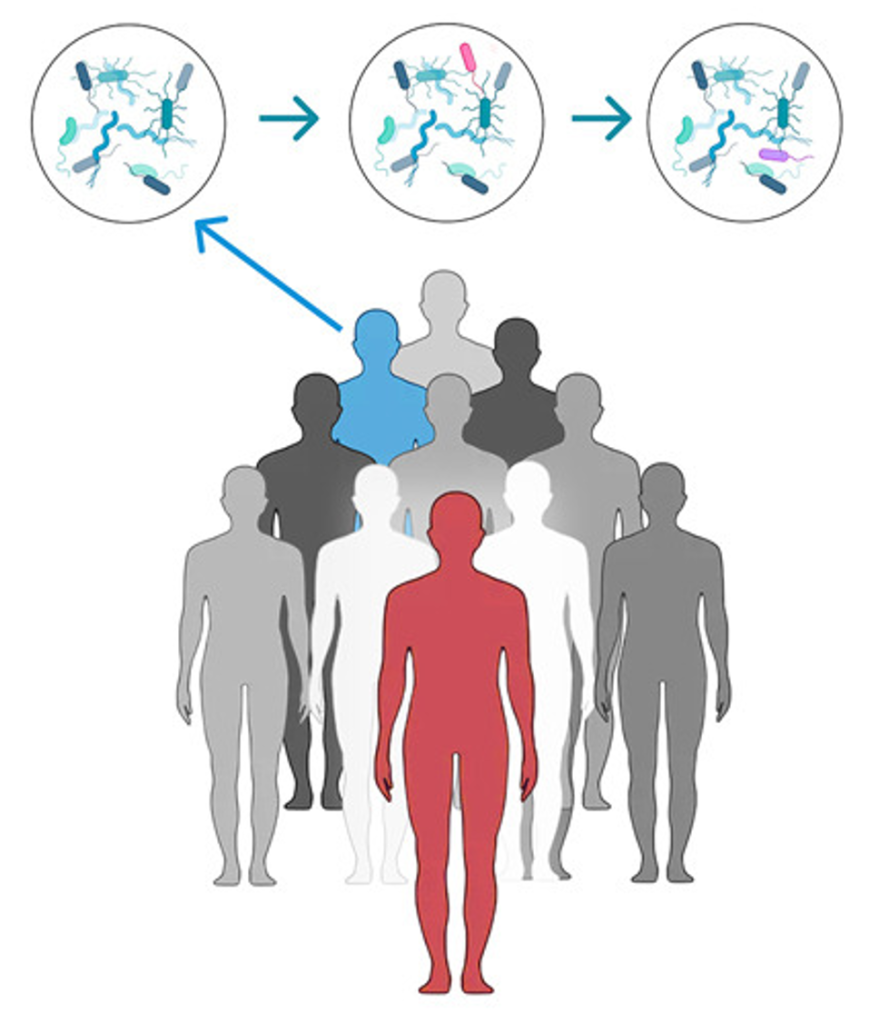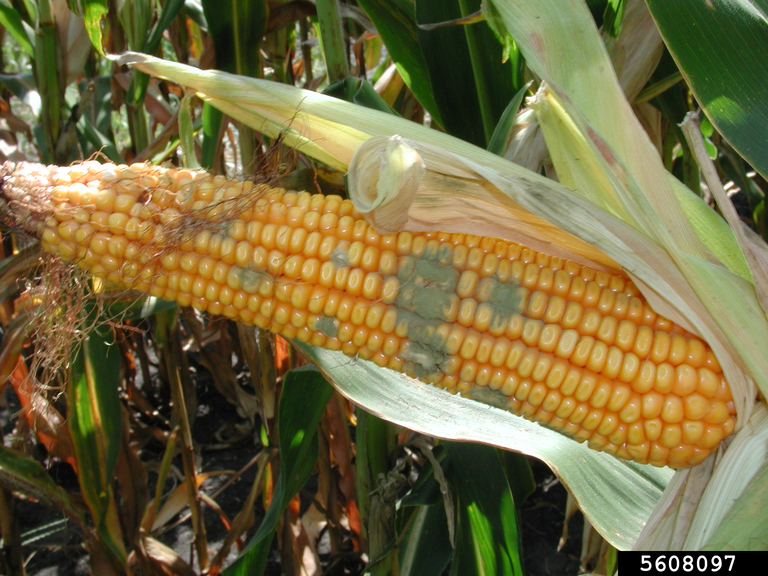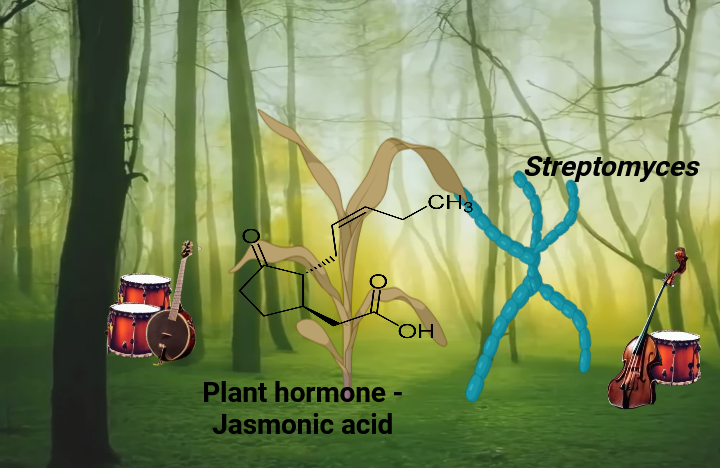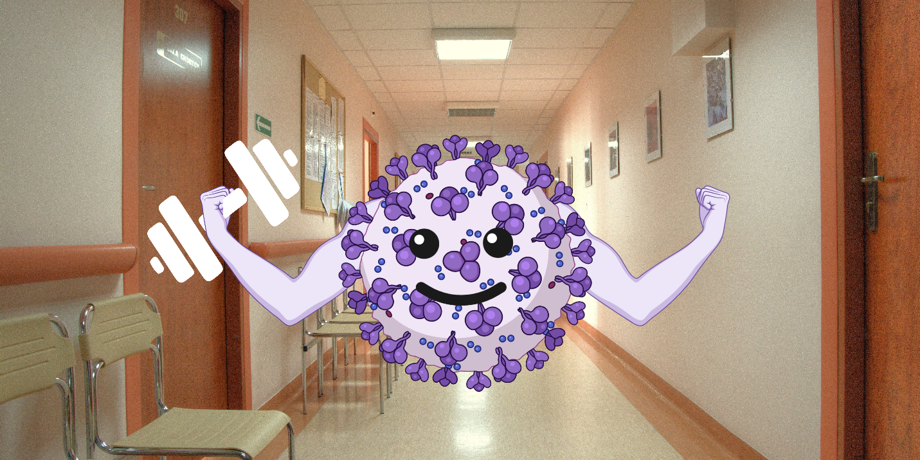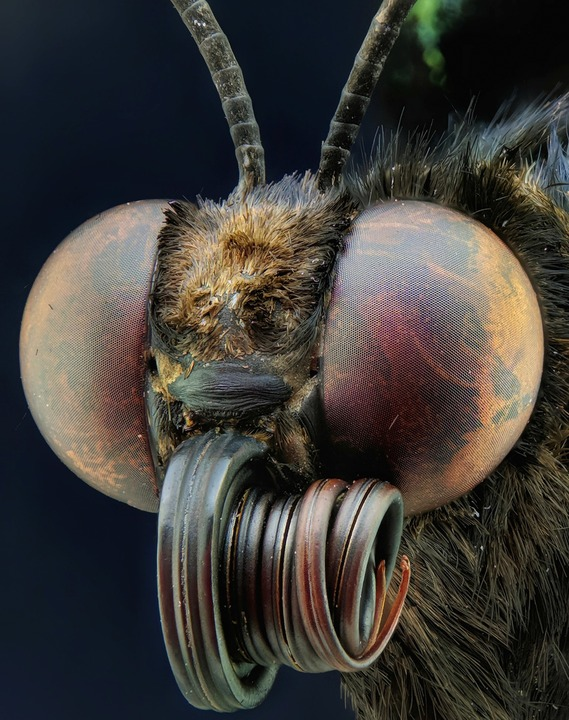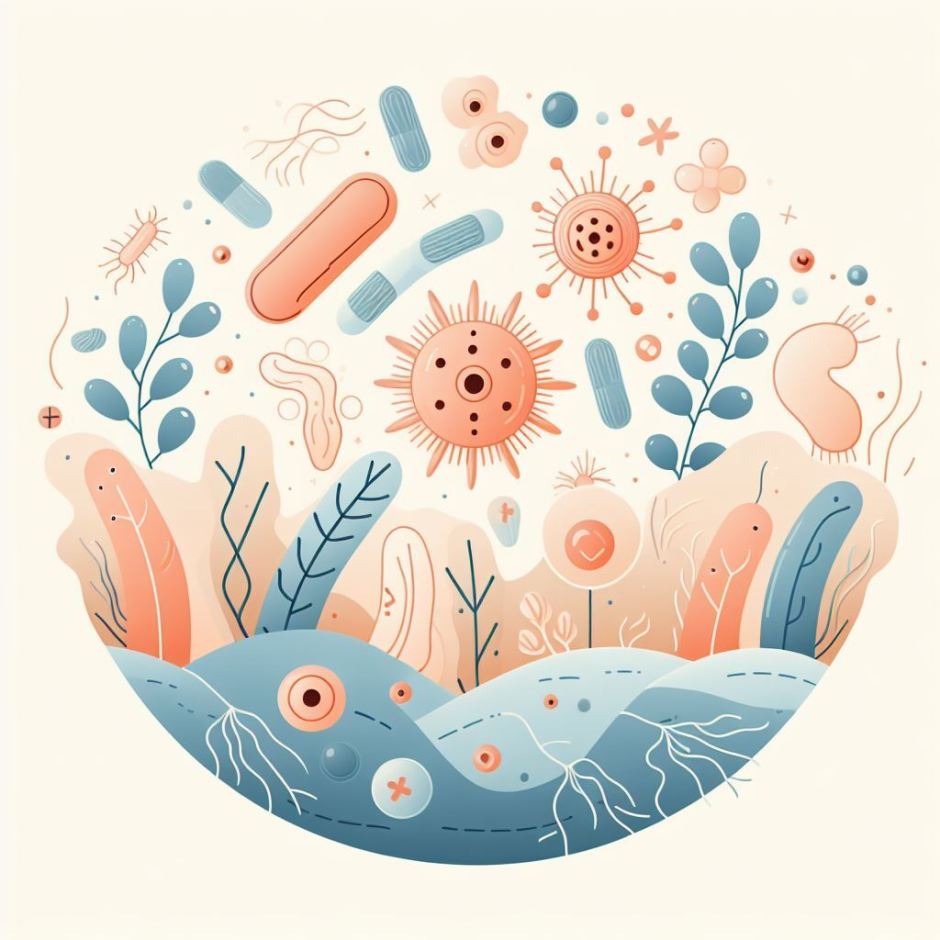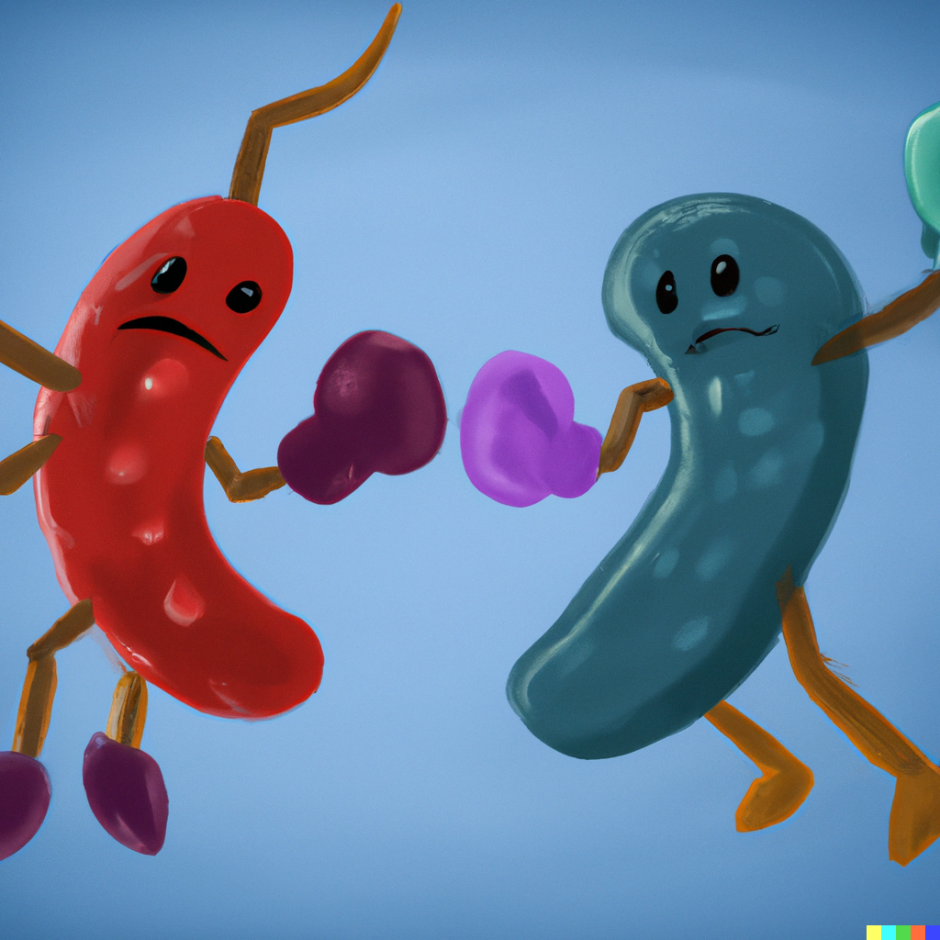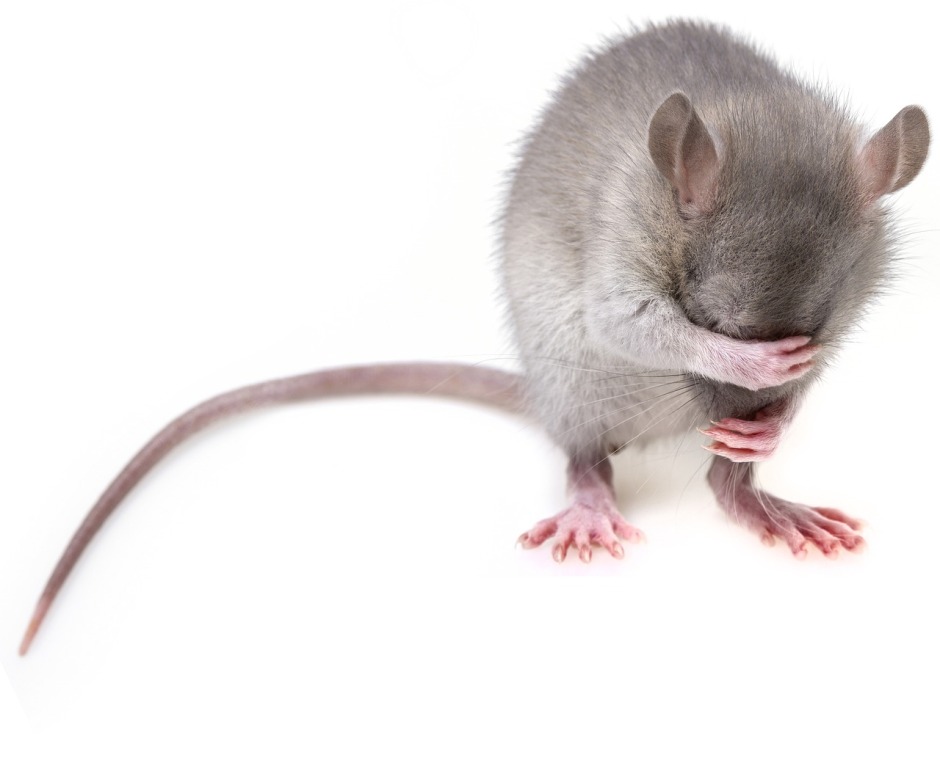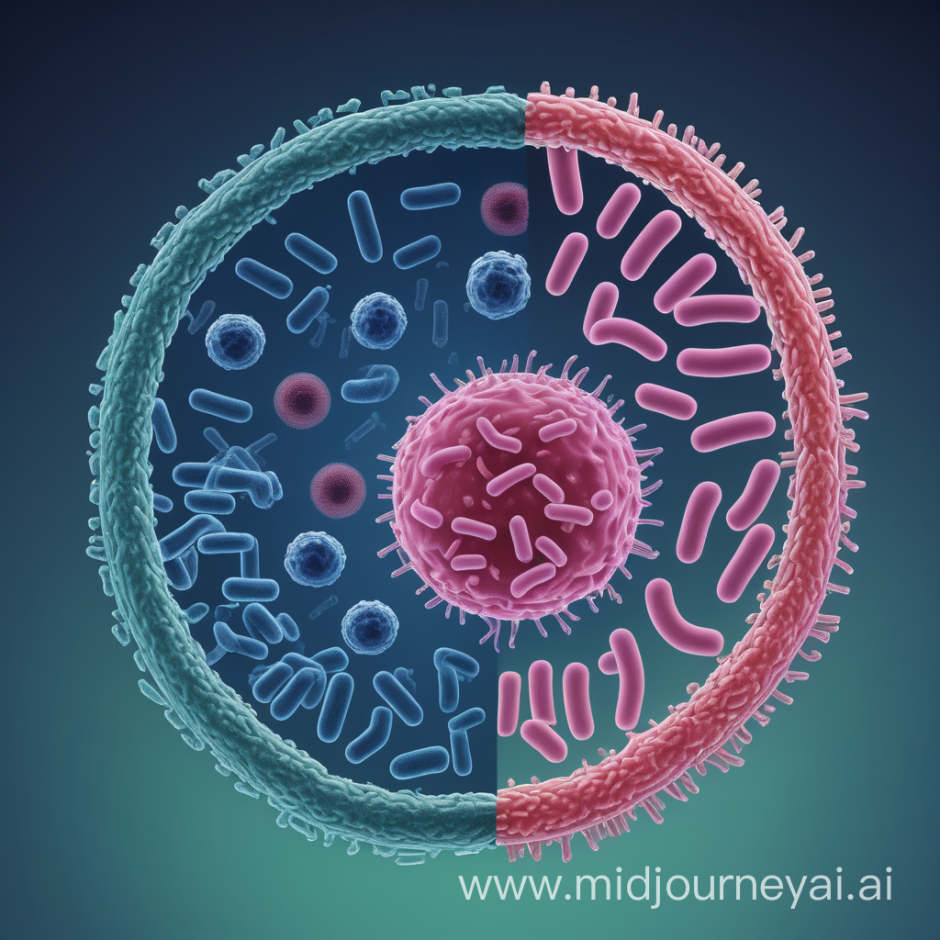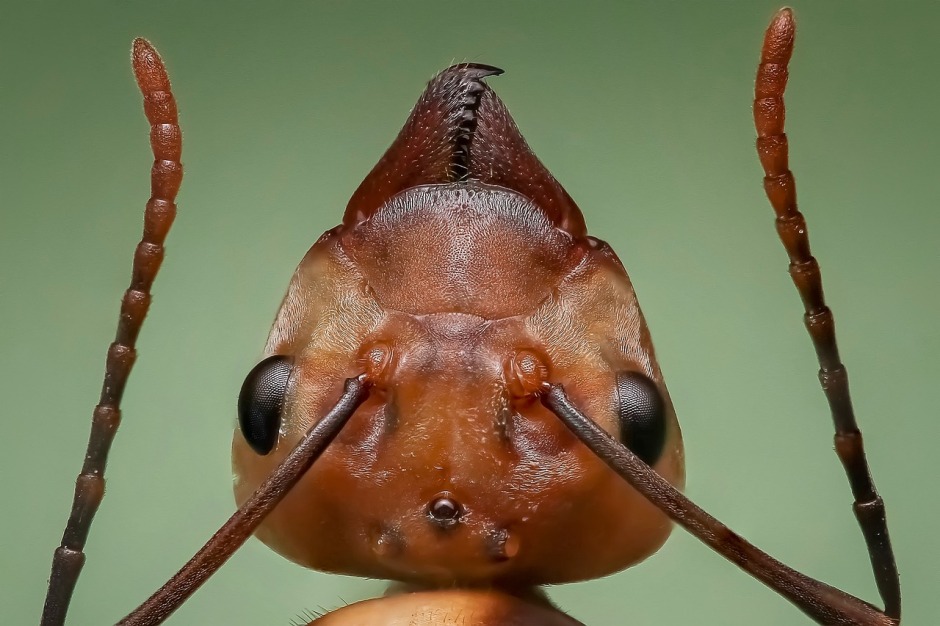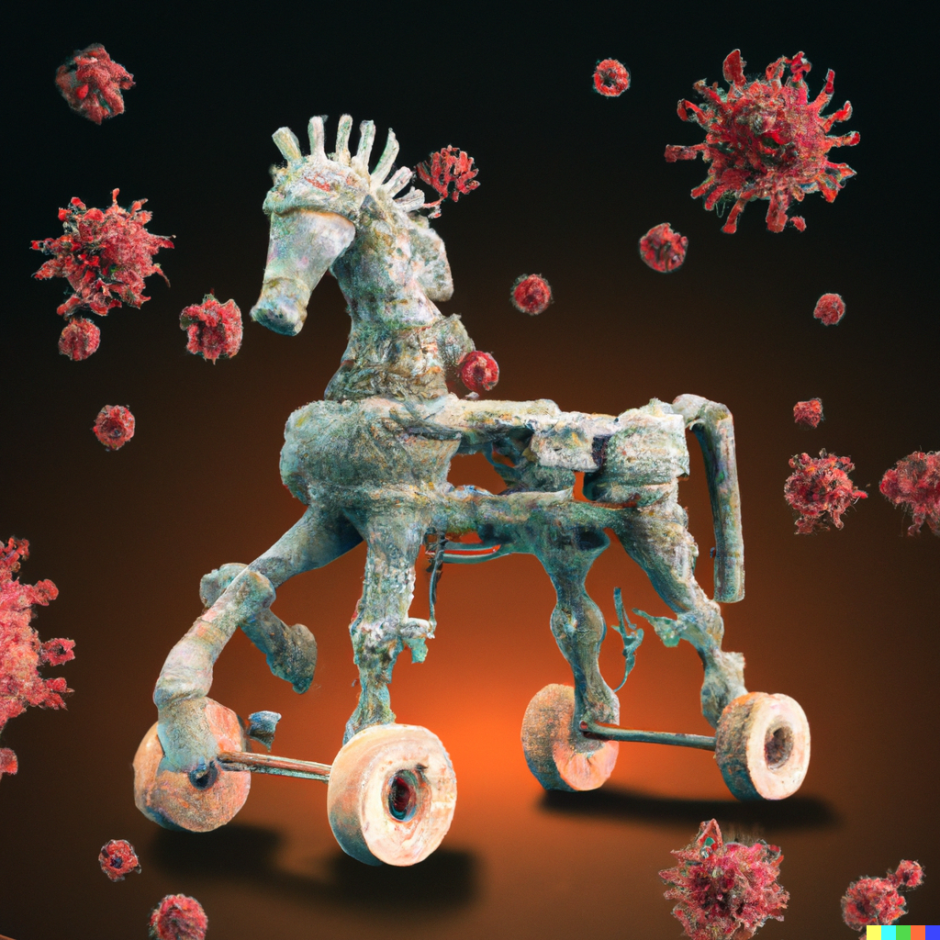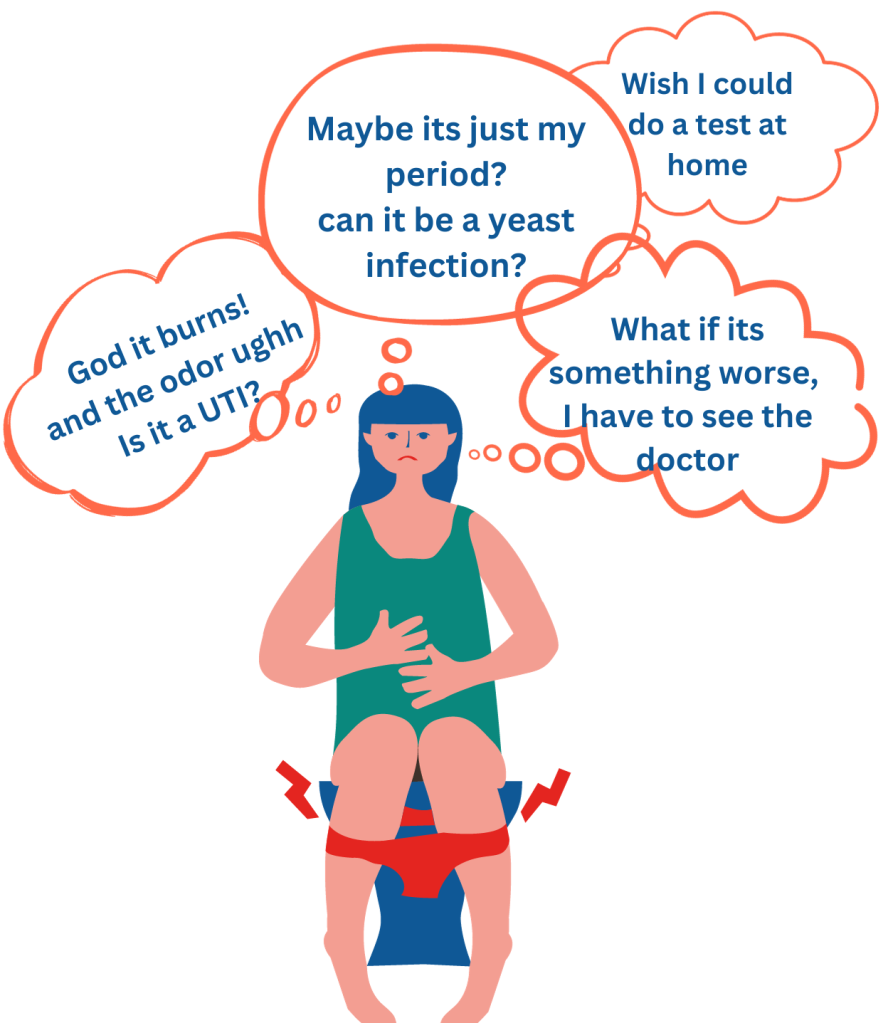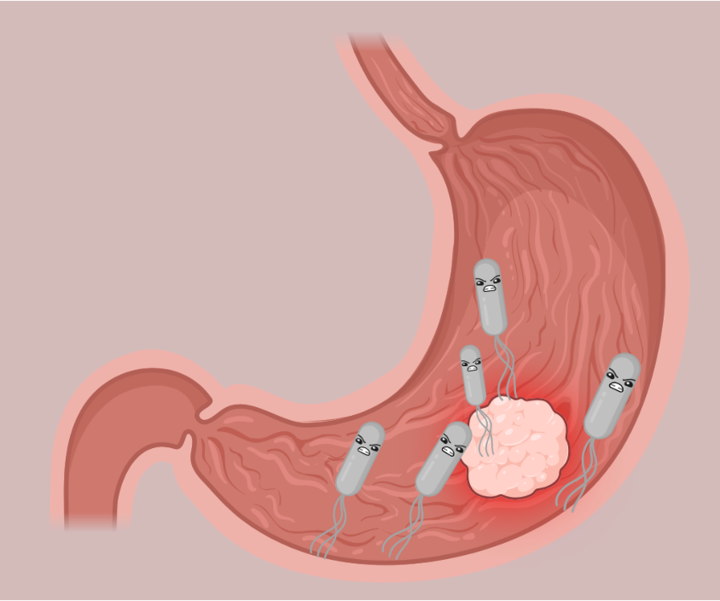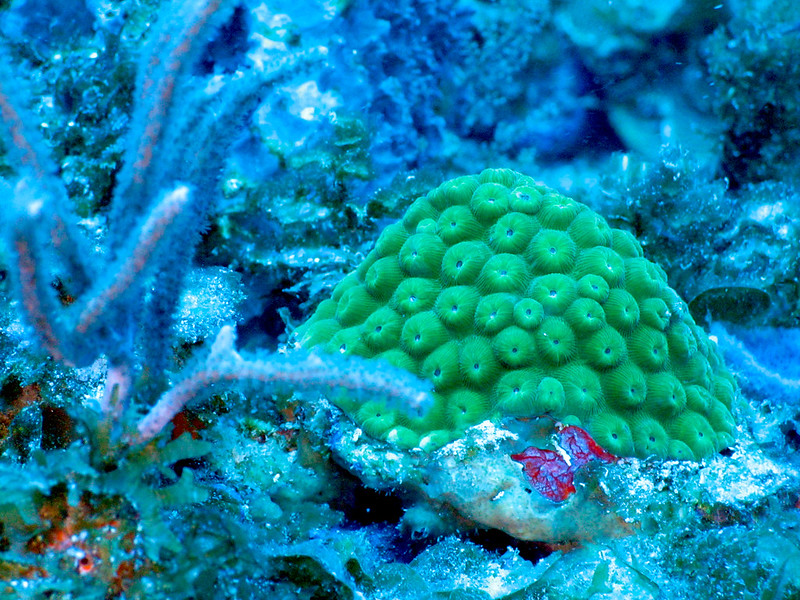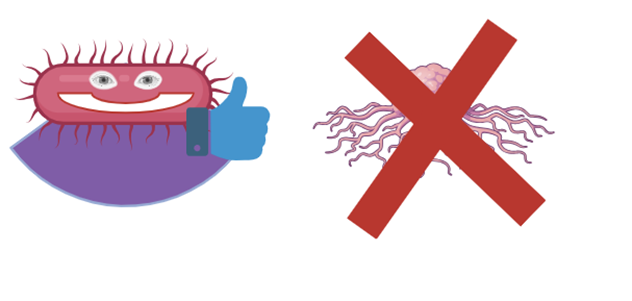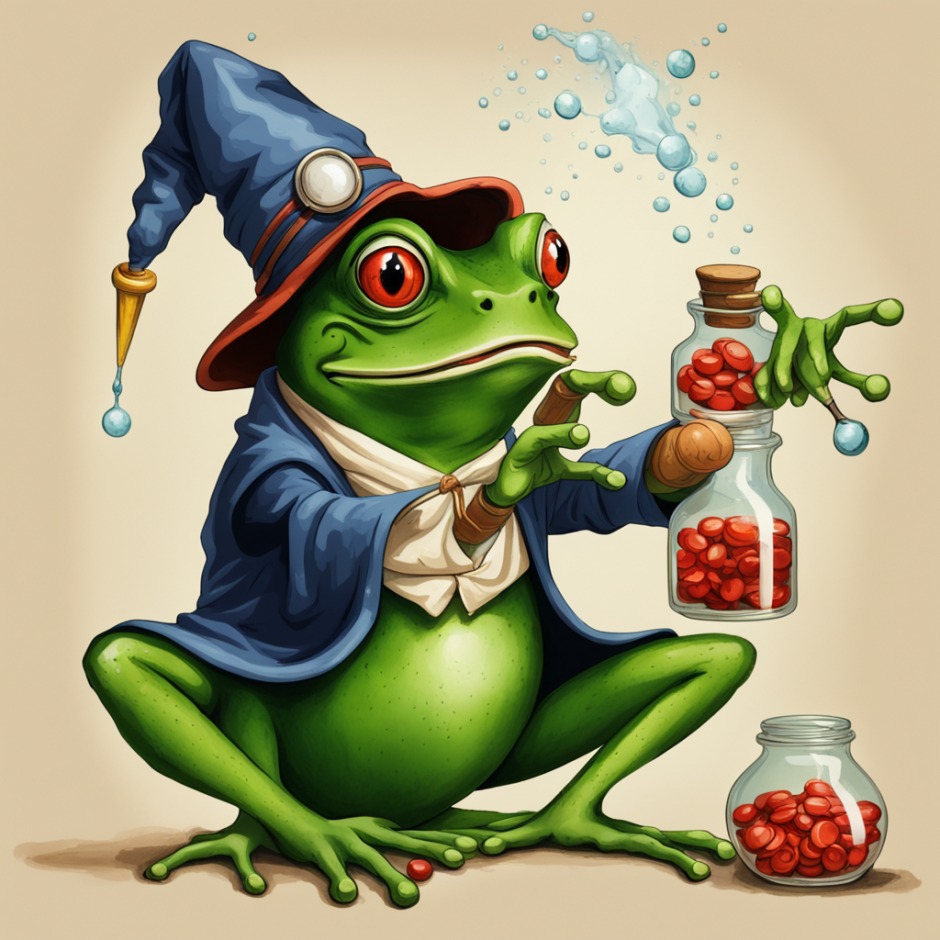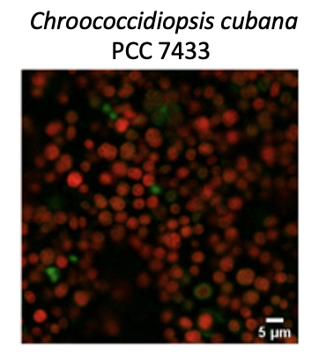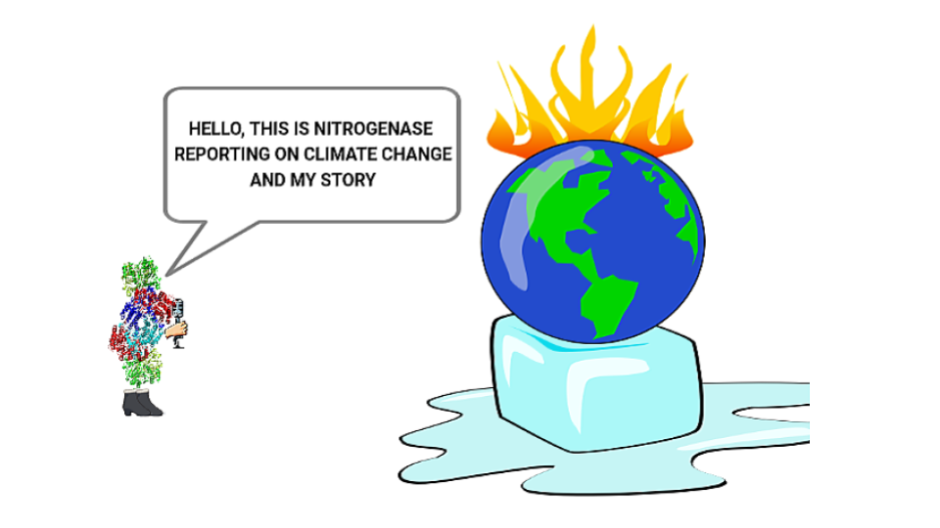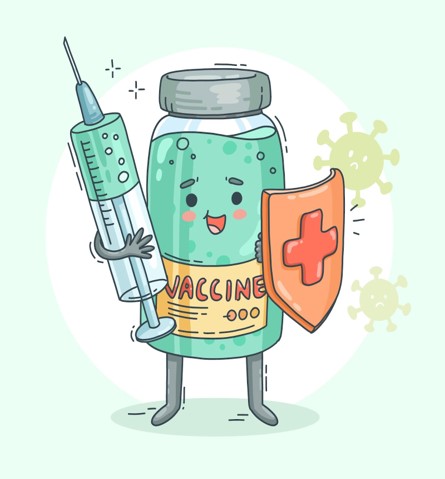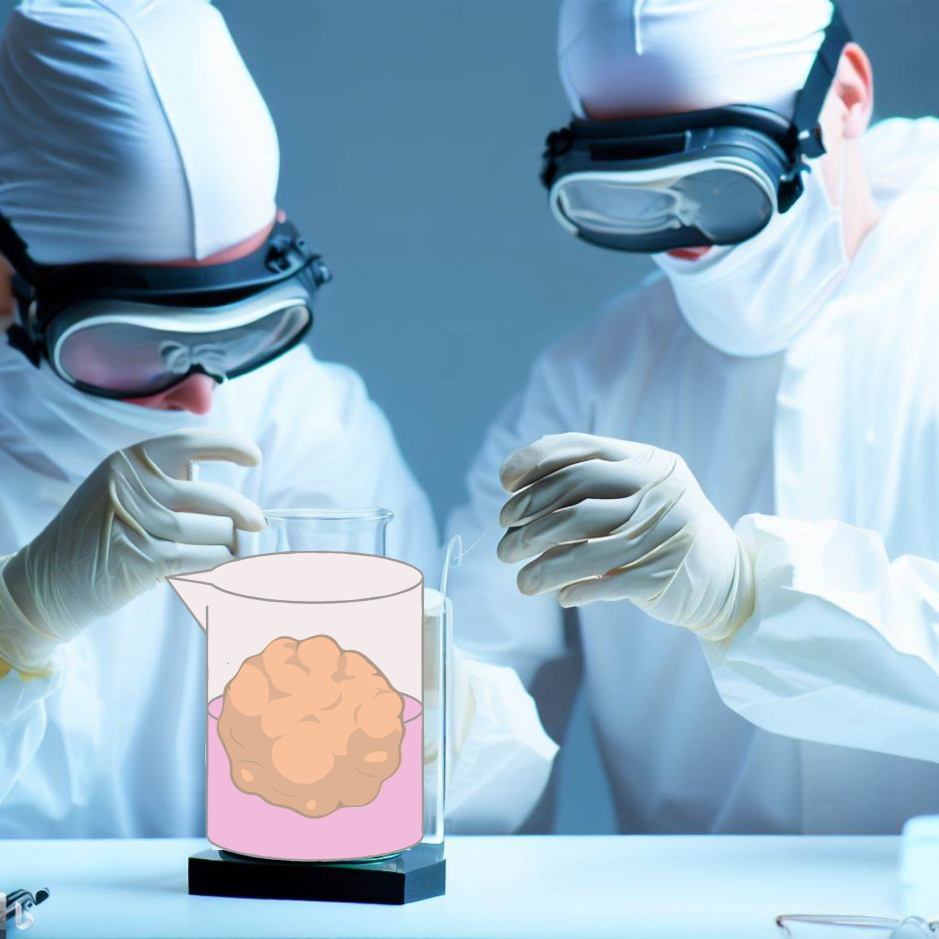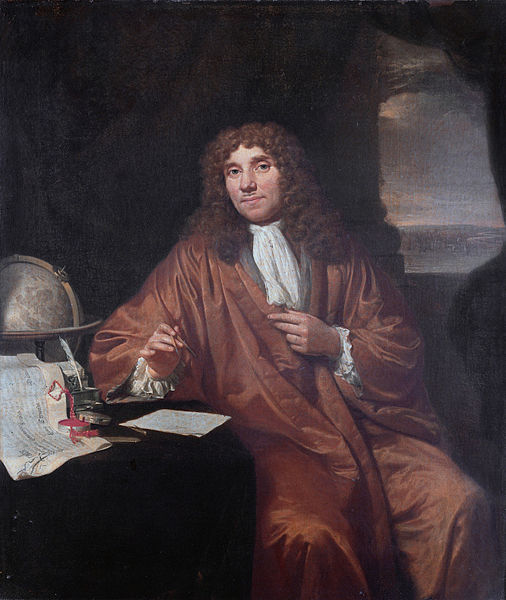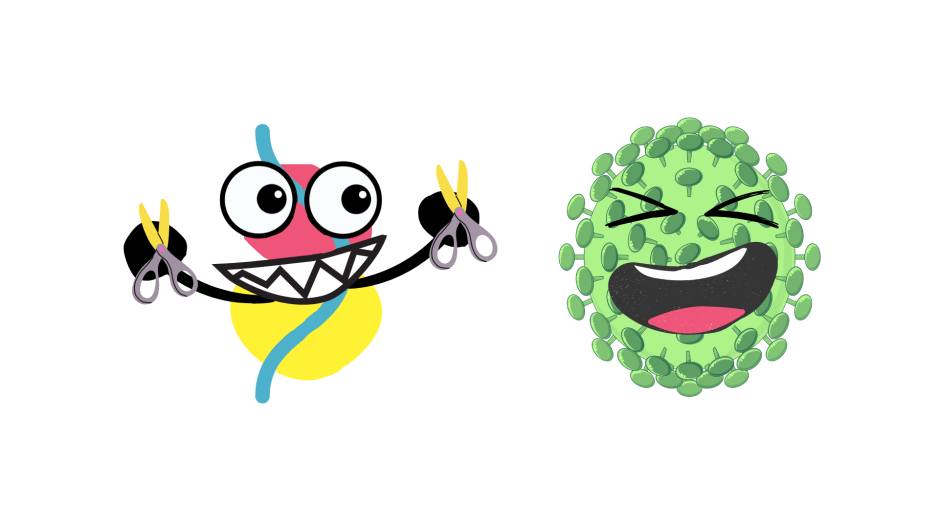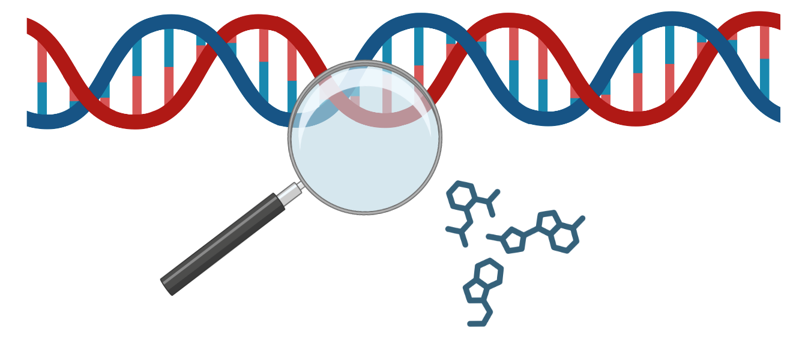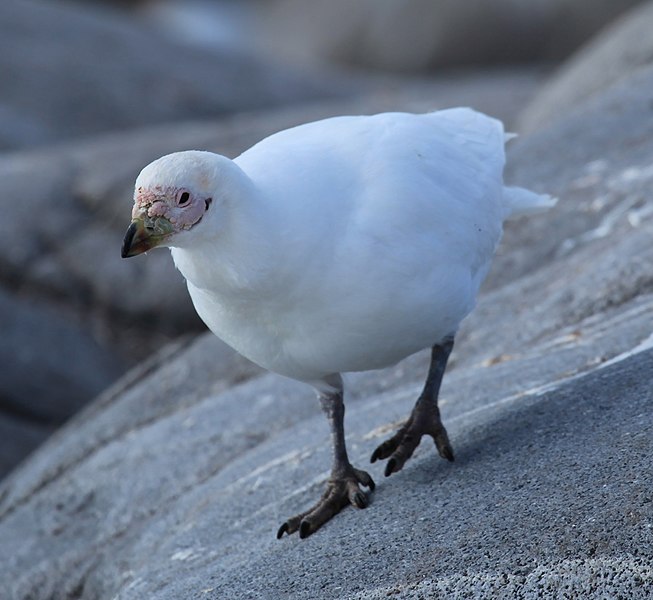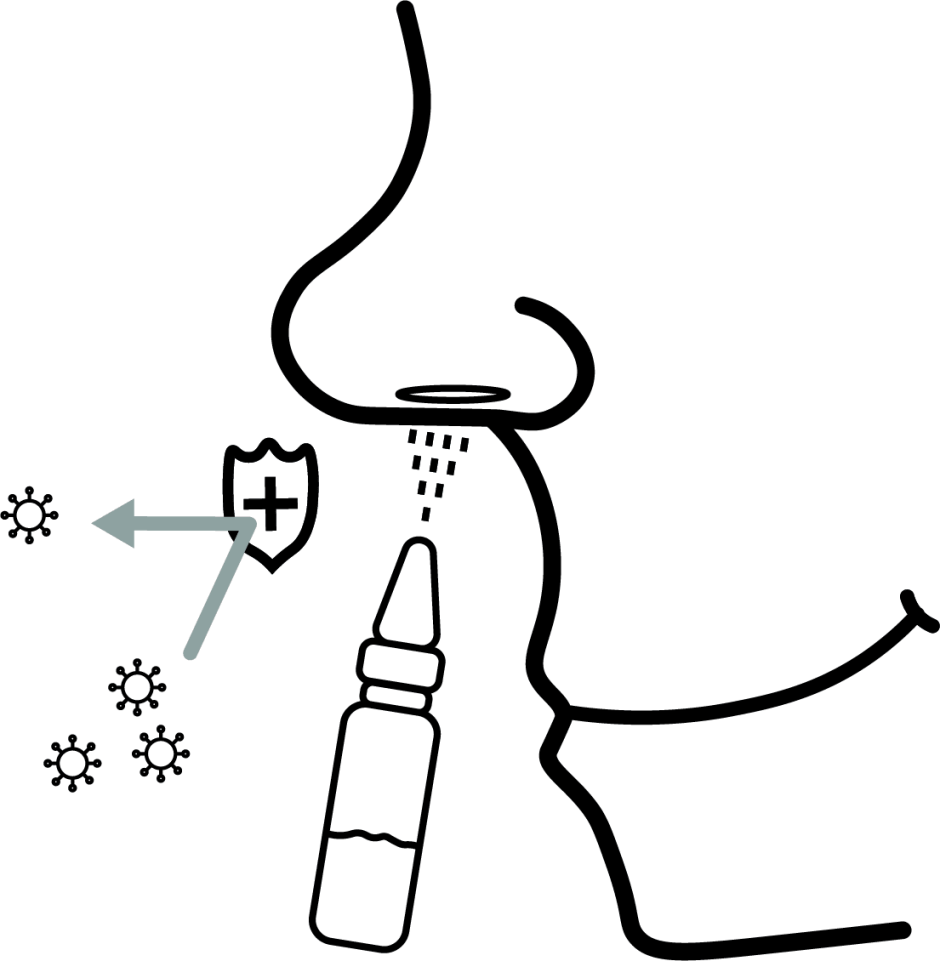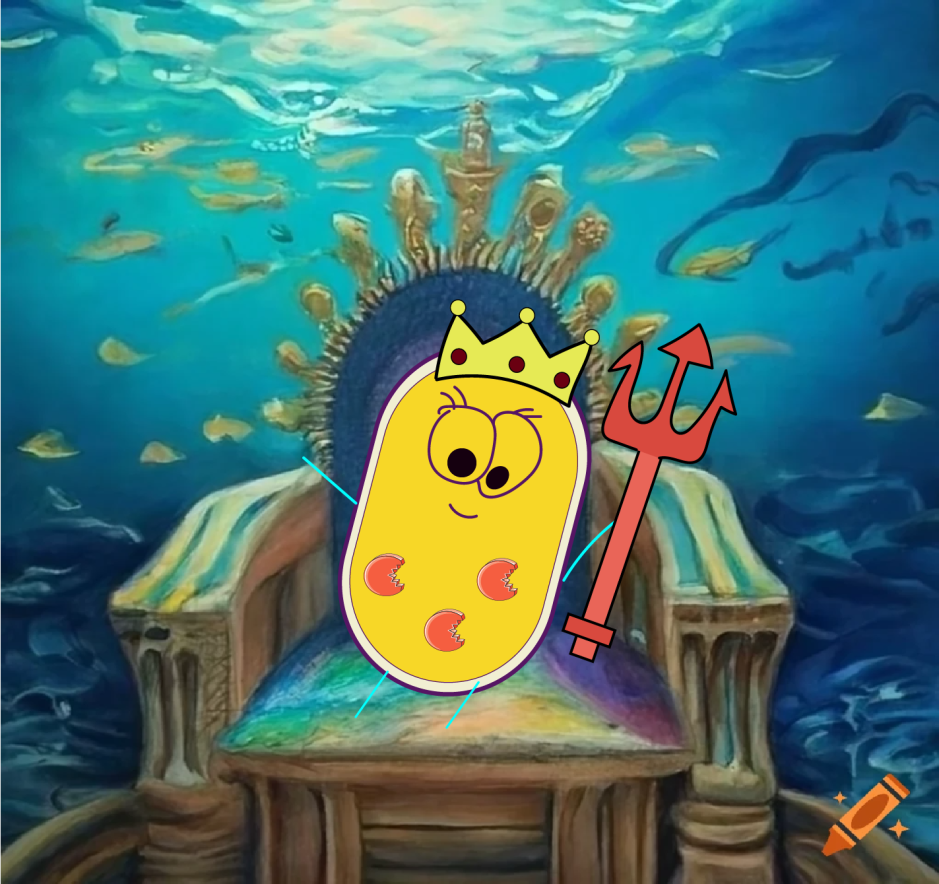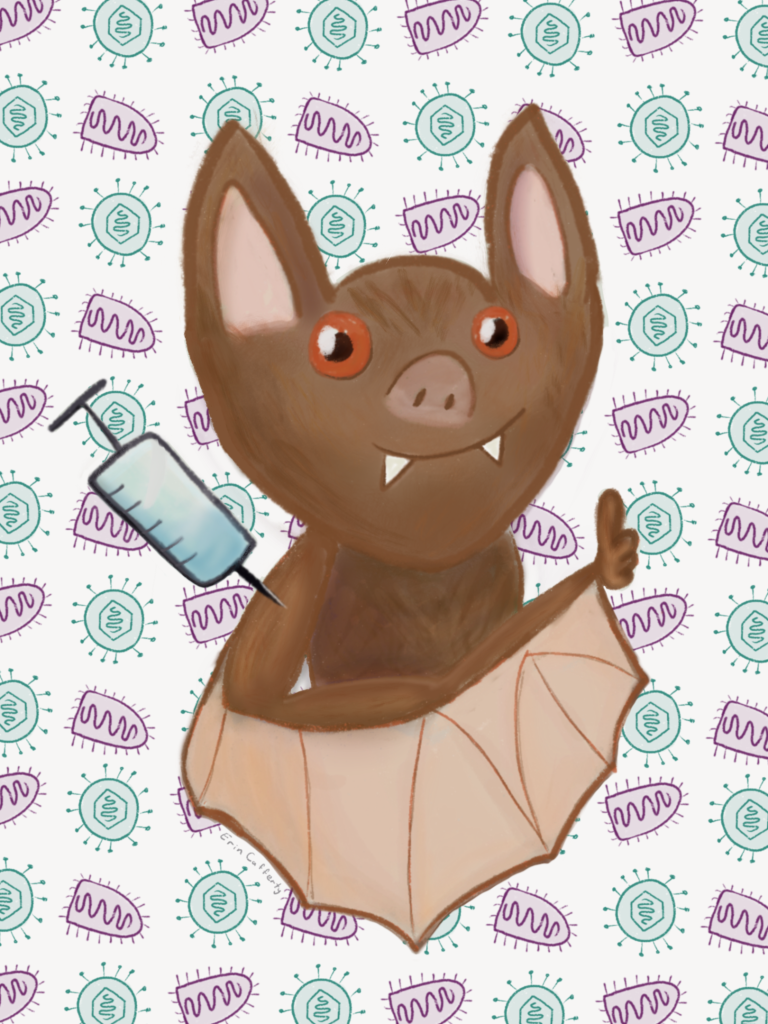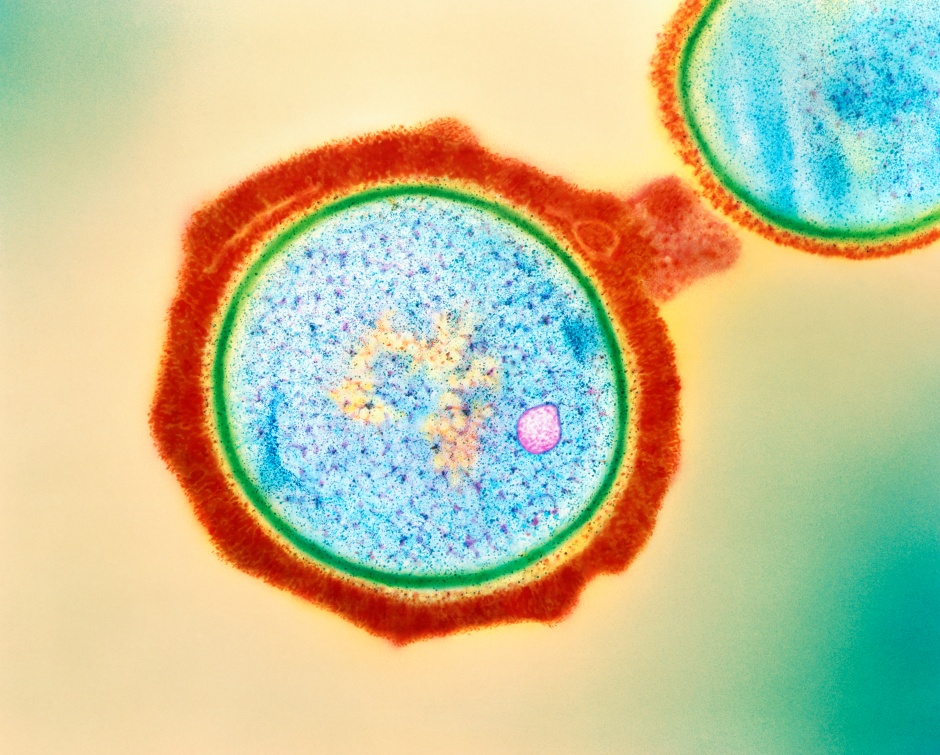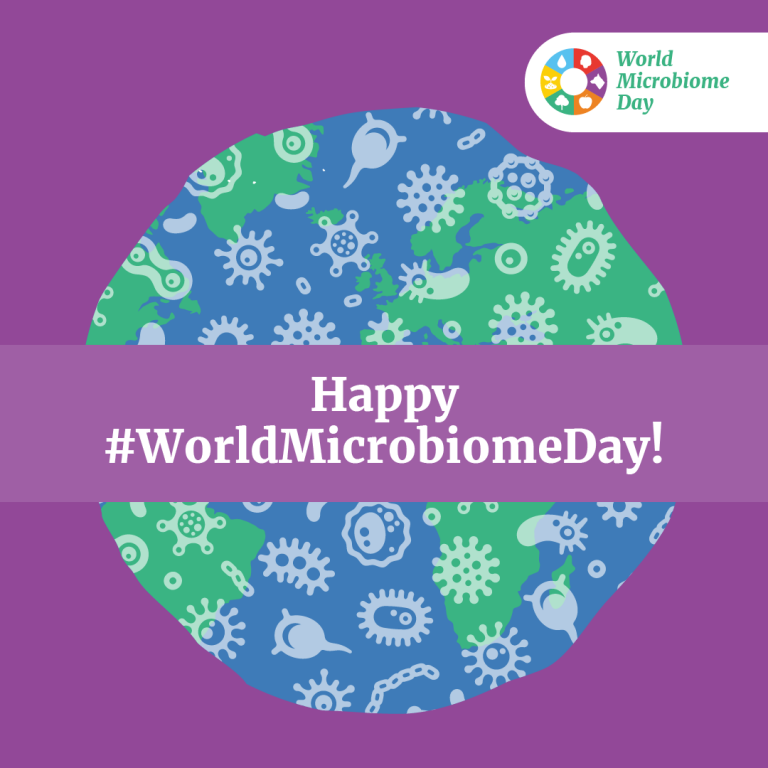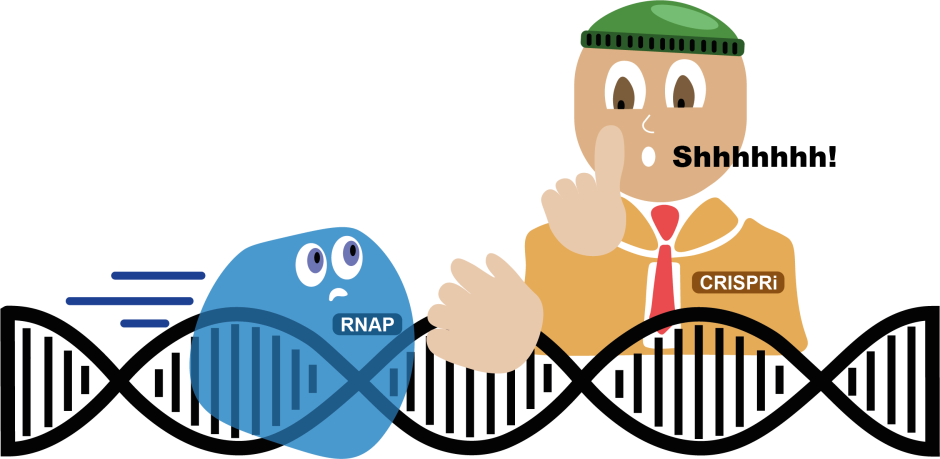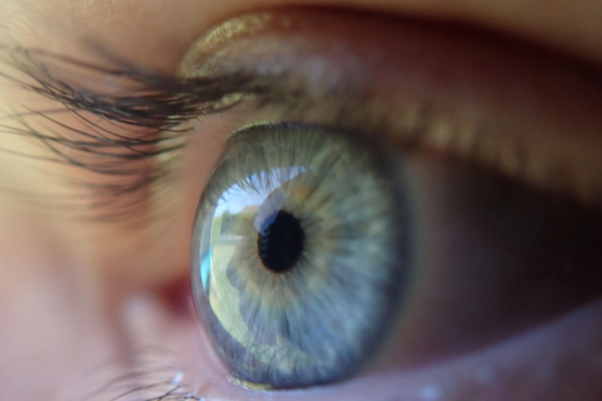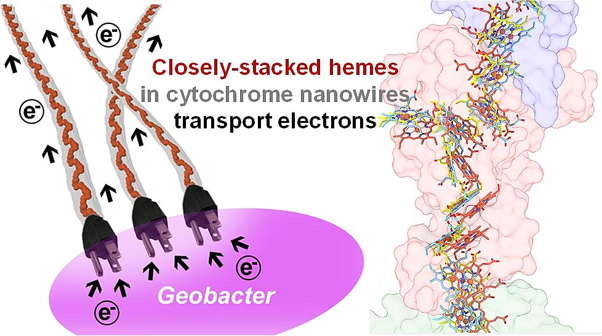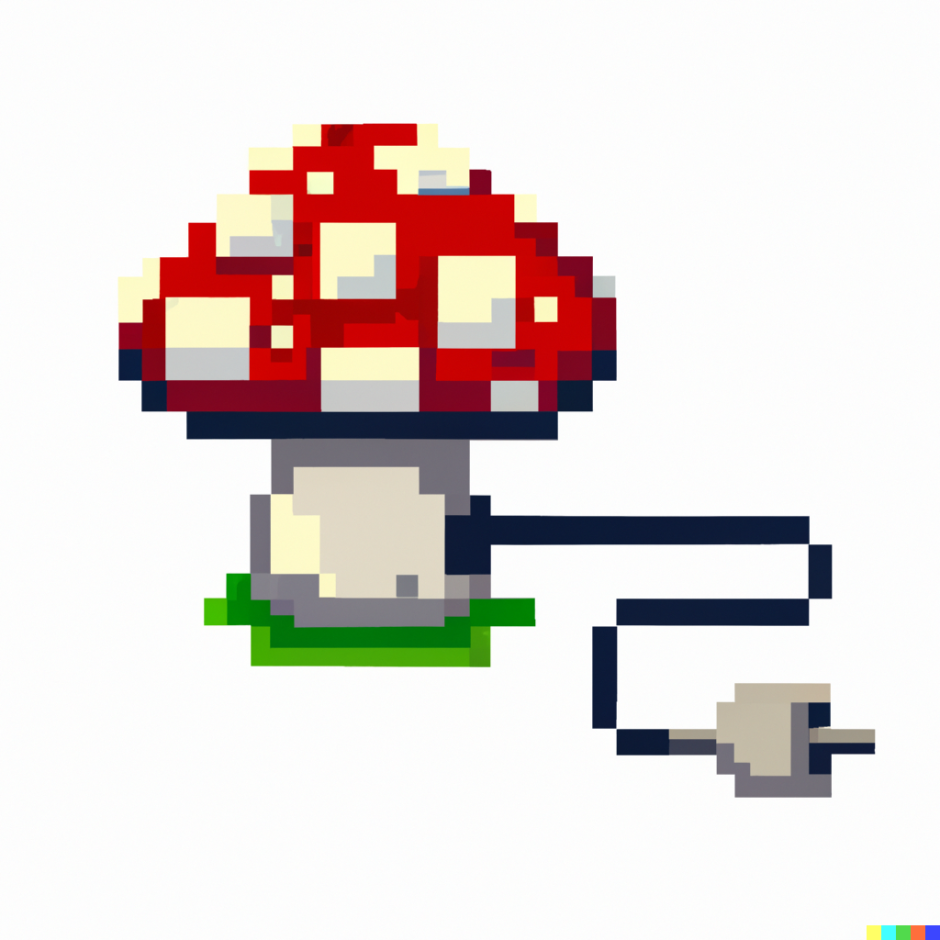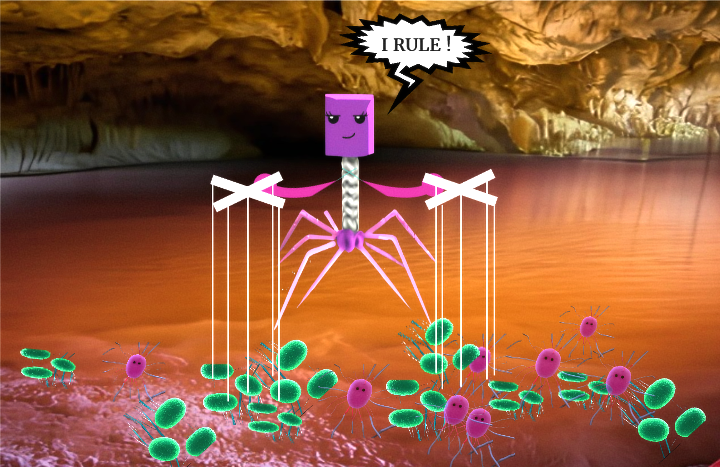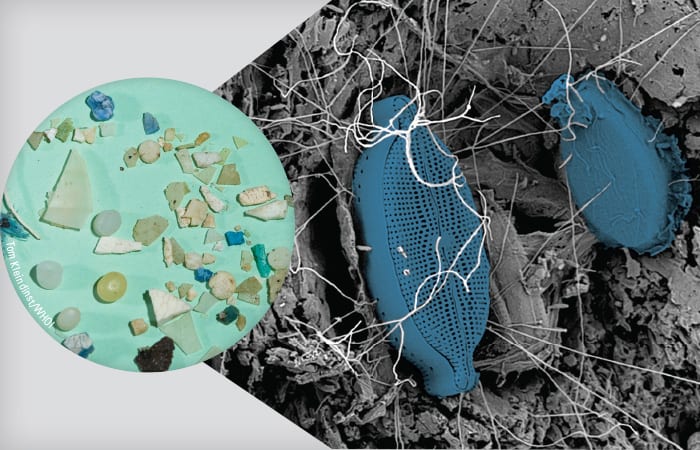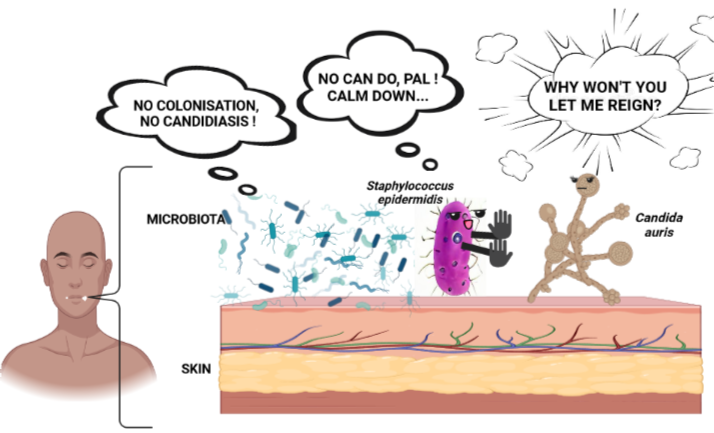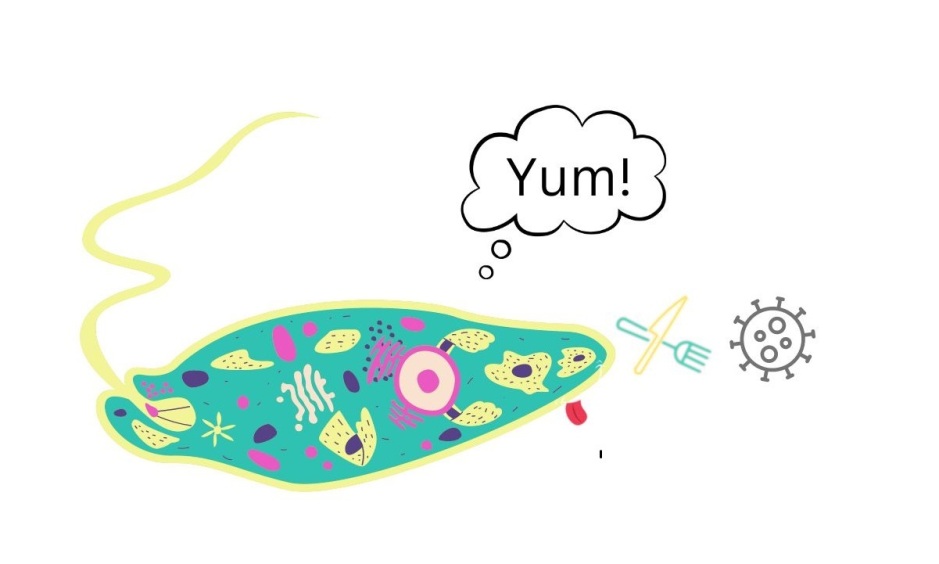
Breaking down the microbiology world one bite at a time
Vibrio cholerae runs away from D-amino acid
Like us, bacteria live in communities where they interact with their neighbours. When there are limited resources in the surrounding, bacteria compete. While competing bacteria release toxic proteins into the environment to kill the surrounding bacteria. One of the strategies that bacteria use is to release free amino acids into the environment.
We all know that proteins are composed of amino acids. But what most of us don’t notice is that not all types of amino acids are used for building proteins. Amino acids can be of two types, L-amino acids (LAA) and D-amino acids (DAA). Both these types have the same composition, except that their chemical structures are mirror images of each other, as shown in Figure 1. While most of the life forms on earth use LAA to form proteins, it is known that bacteria can convert LAA to DAA. DAA are used as toxins by bacteria to kill their neighbours, but what is not well understood is how these DAAs affect the bacterium that releases them.

Irajoki and the group used Vibrio cholerae to understand the role of DAA on the behaviour of bacteria. Vibrio cholerae is a bacterium that causes cholera in humans and is known to produce a high concentration of DAA in the surrounding environment. Researchers asked what defects a bacterium would have if it did not produce DAA. It is already known that Vibrio uses a protein called BsrV to convert LAA to DAA (Figure 2a). The researchers looked for the types of defects in Vibrio cholerae that do not have BsrV. They found that the bacteria incapable of producing DAAs were not able to swim as far from the starting point as the bacteria that can produce DAA (Figure 2b). This suggests that either the bacteria that do not produce DAA cannot move, or they try to avoid and run away from the point where they have produced a lot of DAA.
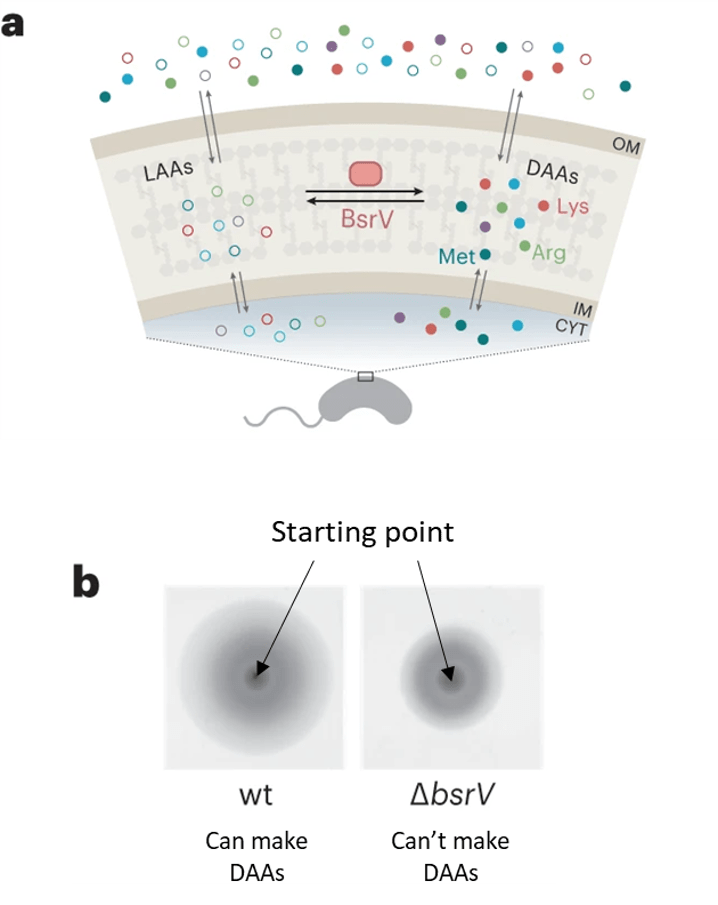
Bacteria use thread-like structures called flagella to move around. Researchers checked whether Vibrio defective in producing DAAs has functional flagella or not. But they found out that the flagella were functional! This made the researchers curious to see if bacteria producing DAAs can actually sense DAAs and make the bacterium run away from them. This is interesting because then releasing DAAs in the surrounding will not only allow the bacteria to kill the neighbours but also allow them to run away from the stressful conditions like starvation, unfavourable pH and temperature, etc.
A total of 20 different DAAs can be produced by bacteria. To identify which of them affects the motility of bacteria, researchers did chemotaxis assays. They found that bacteria could only sense two of the DAAs, namely, D-Arginine and D-Lysine and run away from both of them. To find the receptor used by bacteria to sense DAA, they used a state-of-the-art technique called thermal proteome profiling. This technique uses the principle that the receptors become more heat stable upon binding to their ligand. They found that bacteria sense D-arginine using a receptor protein called VC1313 or MCPDRK.
Since sensing anything requires a lot of energy, researchers then asked when the bacteria try to sense these DAAs. They tagged the MCPDRK receptor with a green fluorescent protein (GFP) and observed that bacteria produce MCPDRK when they enter the stationary phase (Figure 3). This is a stage of bacterial growth where the nutrients become limited and the environment no longer supports the growth of bacteria.

Later, they showed that the production of MCPDRK is dependent on RpoS, a factor that controls the production of specific proteins when the bacteria enter the stationary phase or face a stressful condition. This article showed that bacteria try to sense the presence of DAAs when they experience unfavourable conditions and try to run away from a location where there is too much DAAs (Figure 4), exploring other favourable conditions in their surroundings.
It is known that bacterial motility is inversely related to biofilm formation by bacteria. Bacteria in biofilm state are resistant to antibiotics and are a major cause of death due to hospital-associated diseases. This study gives us a hint as to what triggers the bacteria to move. Another study has shown that activating some of the genes, like bsrV, hinders biofilm formation. Would that mean that DAAs may regulate the switch from an antibiotic-resistant biofilm state to an antibiotic susceptible mobile state of bacteria? Understanding the biology behind the switching mechanism may allow us to develop better therapeutics in the future.

Link to the original post:
“D-amino acids signal a stress-dependent run-away response in Vibrio cholerae.”Irazoki O, Ter Beek J, Alvarez L, Mateus A, Colin R, Typas A, Savitski MM, Sourjik V, Berntsson RP, Cava F. Nature Microbiology, 2023 Aug. 10.1038/s41564-023-01419-6
Featured image: Image adapted from the original article Irazoki et al
